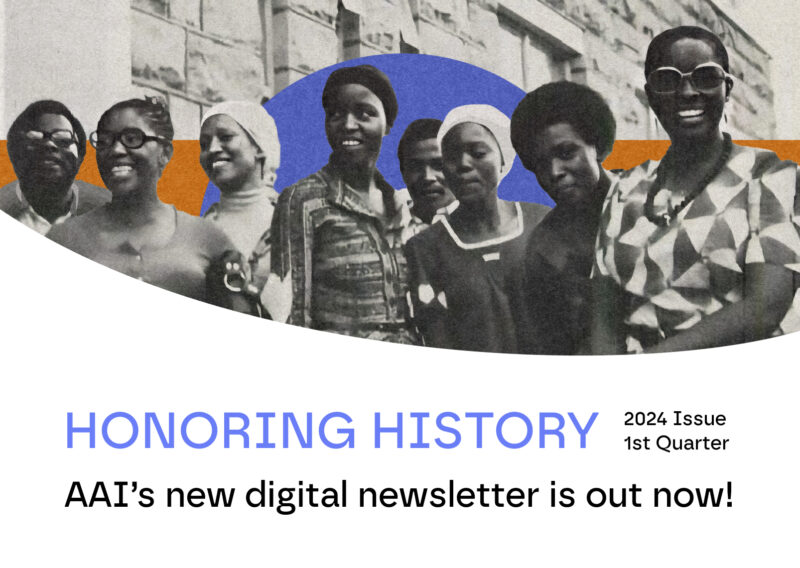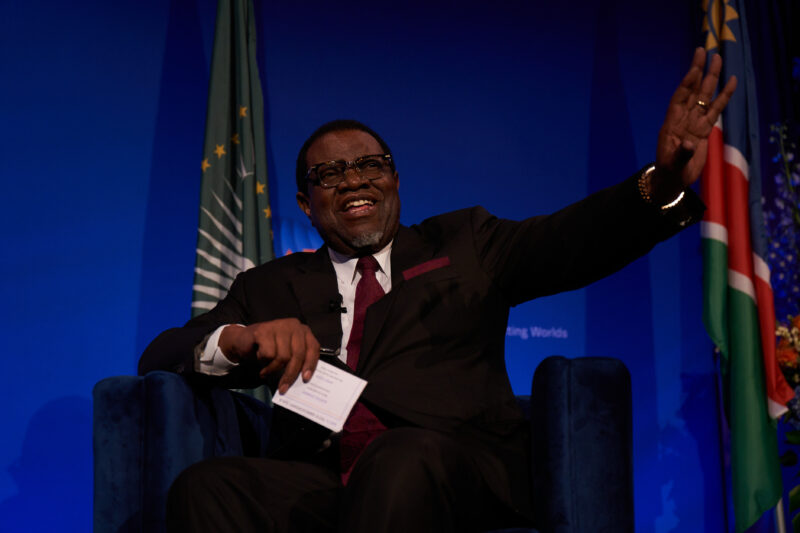Re-framing International Aid Agenda in Education and Training
By Lebogang Mokwena
This is the third installment in a series of articles on technical and vocational education and training in Africa.
 The end of 2015 will, among a host of other endings and beginnings, mark the sunset of the United Nations’ Millennium Development Goals (MDGs), a set of development targets aimed at ending extreme poverty by 2015. Marshalling a global consensus on the overall performance and attainment of the MDGs is probably not possible. Yet, the general spirit of the Sustainable Development Goals (SDGs) — a new set of development targets that builds on the MDGs — places environmental and social sustainability at the center of the new global development agenda. With twelve out of seventeen SDGs referencing sustainability and improved natural resource stewardship, this is more than just a subtle cue of the paradigmatic shift in the guiding principle of the post-2015 global development agenda. UN member states are expected to adopt the SDGs during the UN General Assembly this September.
The end of 2015 will, among a host of other endings and beginnings, mark the sunset of the United Nations’ Millennium Development Goals (MDGs), a set of development targets aimed at ending extreme poverty by 2015. Marshalling a global consensus on the overall performance and attainment of the MDGs is probably not possible. Yet, the general spirit of the Sustainable Development Goals (SDGs) — a new set of development targets that builds on the MDGs — places environmental and social sustainability at the center of the new global development agenda. With twelve out of seventeen SDGs referencing sustainability and improved natural resource stewardship, this is more than just a subtle cue of the paradigmatic shift in the guiding principle of the post-2015 global development agenda. UN member states are expected to adopt the SDGs during the UN General Assembly this September.
The next fifteen years of global development and international aid will be framed against this backdrop. In terms of education, Goal 4 features ambitious targets that aim to achieve universal access to educational opportunities and close the gender and disability gaps. Refreshingly, the SDGs highlight both general and vocational education as priorities. Of particular relevance to developing nations is the proposed percentage increase in international aid to support education, training, and skills development, including an increase in international scholarships and fellowships for young people from impoverished countries. It goes without saying that this should have a significant impact on the rate of skills development in some African countries.
Unlike the MDGs, the SDGs will not only provide an ethical frame centered on the principle of sustainability but, in being framed with specific reference to national educational systems, will simultaneously create an educational priority area.
As stated above, more than half of the goals reference sustainability, the environment and improved natural resource stewardship. Thus, any country that seeks to meet the SDGs must gear its education, training, and skills development systems towards producing citizens that possess the skills and competencies that complement a sustainable outlook socially, economically, and environmentally. References to “sustainable economic growth” (Goal 8), “sustainable industrialization” (Goal 9), “sustainable human settlements” (Goal 11), and “sustainable consumption and production patterns” (Goal 12) introduce urgent national-level policy priorities for aid-giving and aid-receiving countries alike.
For obvious reasons, the burden in systematically (and cost-effectively) adopting these guiding principles for the built and the natural environment as well as on the economy and industrialization patterns is most acute for lower and middle-income countries. What is clear, however, is that the required transformations to attain these new goals cannot take place unless they become embedded in the respective educational systems of lower and middle-income countries. More than ever before, the quality of a country’s education systems is central – indeed foundational – to creating the overarching goal of sustainability. Perhaps, this is precisely where any developing country will begin to adopt and operationalize the SDGs. Many poor and middle-income countries are unlikely to make much progress in achieving the SDGs vision by 2030, without a skilled workforce that can meaningfully participate in and foster environmentally-sound production and consumption patterns that simultaneously expand each country’s economic and industrial base.
The SDGs are notable because they place sustainability as the key principle in which both highly industrialized countries and those that are yet to fully realize their industrial and economic potential will be measured. However, the burden is disproportionately higher for poorer countries that, ironically, bear the greatest vulnerability to environmental and ecological risks. The SDGs provide a framework for addressing this vulnerability, while also responding to the material needs of citizens living in poor countries. African leaders must take action and invest in education and training to prepare their citizens for a changing world in which green-skills and environmental literacy increasingly become the order of the day.
Lebogang Mokwena previously served as the Director of Youth Development Programmes in the Vocational and Continuing Education and Training (VCET) Branch, South Africa’s Department of Higher Education and Training. A Mandela Washington Fellowship alum, Mokwena is currently a graduate student at the New School for Social Research.



